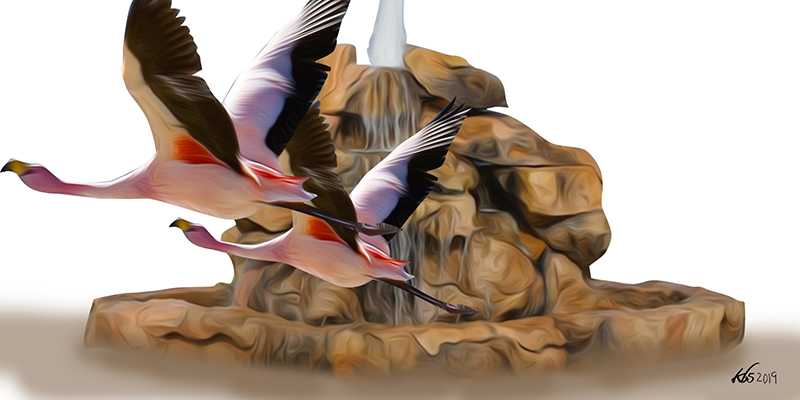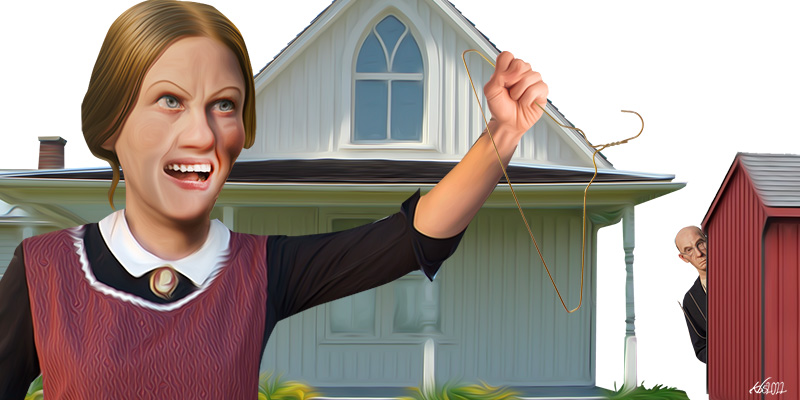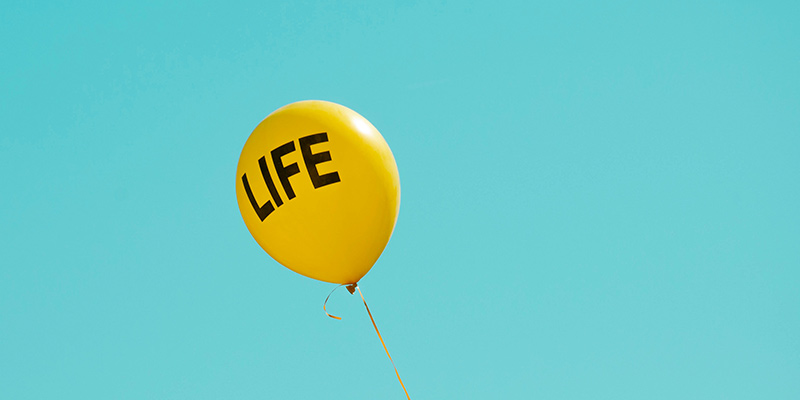‘As far as my identity is concerned, I will take care of it myself. That is, I shall not allow it to become cornered in any essence; I shall also pay attention to not mixing it into any amalgam. Rather it does not disturb me to accept that there are places where my identity is obscure to me, and the fact that it amazes me does not mean I relinquish it. Human behaviors are fractal in nature.’
Edouard Glissant, Poetics of Relation
The Machakos People’s Park is located a distance away from Machakos Town and close to the Machakos Agricultural Showgrounds. Some towns in Kenya, former provincial headquarters, have designated showgrounds where annual regional agricultural fairs are hosted. This is also where you might find demonstration farms and agriculture-related support facilities. The drive from Machakos Town to the 40-acre Machakos People’s Park takes about twenty minutes.
Machakos town named after Masaku wa Musya was established in 1887, and was the first administrative centre for the British Colony in East Africa. This timeline does not account for the fact the area was already an important ivory and slave trade route linked to the Indian Ocean and going as far as present-day Democratic Republic of Congo, long before the British arrived. More than this, the place that we now call Machakos was long embraced as a centre of convergence for Kamba people in the way that Kisumu might be the centre for the Luo and Mombasa for the Swahili people. These are places that were cosmopolitan long before it became necessary part of nation-building to talk about ethnic and linguistic diversity.
Ukambani, a term used to refer to the land occupied by a majority of Kenyans who claim Kamba ancestry covers the counties of Machakos, Kitui and Makueni. It is often stereotyped as a place of hardship and suffering due to the semi-arid land. This is the region that is hard hit whenever there is drought in Kenya. There is something to be observed about having Machakos People’s Park as a flagship county project and a premier destination. If nothing else, those of us who do not claim to be of or from Machakos start to associate this place with something else, not just scarcity. Even so, I’m curious about what this park means for Machakos County’s residents to have this as their image. What reality, what memory, and what images does it obscure?
Many cities and towns in Kenya date back to Kenya’s colonial period or the early years of independence. This history explains the locations of green public spaces. In 2010, after years of agitation, Kenyans received a new Constitution. Machakos County is one of 47 counties created in line with devolution. Machakos People’s Park, whether deliberate or not, is a projection of what a new present and future Machakos County might be. Where Micere Mugo in the poem ‘I Took My Son by the Hand’, the child asks, ‘Do we have Matunda ya uhuru in our hut?’, I wonder if this park is matunda ya ugatuzi.
Intentional or not, the choice to use the term People’s in naming this park alludes to the ideas associated with populist movements that created of People’s Republics in the 19th and 20th Century. The People’s Republic of China is one of these. Many of the countries that chose this as part of their names, for example the People’s Republic of Angola and the People’s Republic of Mozambique, considered themselves socialist states. They dropped these titles as they moved away from Marxist and Leninist ideas. Some countries such as Thailand have what is popularly known as the People’s Constitution, recognising the consensus that created it. There is a People’s Park in Berkeley, California, in the USA. This park received its name in 1969 and has its roots in resident activism and resistance. To date, the People’s Park in Berkeley remains a contested space. Paying attention to this history, how will Machakos People’s Park positions itself alongside places that bear this title?
Machakos People’s Park, whether deliberate or not, is a projection of what a new present and future Machakos County might be.
An alternative perspective is that Machakos People’s Park is not named after any individual as many green public spaces in Kenya are. There are no monuments to people, just memorial trees. It names the People of Machakos and even better in Swahili, ‘Bustani La Wananchi wa Machakos.’ Though local and international tourism and all its benefits are stated as the desired results of this park, on the face of it, it is heartening to see that the residents of Machakos have a place that is foremost for them to enjoy free of charge. In the context of a country that frames and values leisure and any other activity that could have the word tourism appended to its name; sports tourism, medical tourism, conference tourism, business tourism, as a source of income, this is unique.
Machakos People’s Park is gated with one entrance and surrounded by a wall. It is open to the public on Thursday afternoons, Friday, Saturday and Sunday. The other days are for maintenance work though reserved or ticketed group visits may be permitted. On the way to the park you can see the construction site for what will be the Machakos County Government’s new offices. It’s easy to imagine that in a few years that the area around the park will not appear as isolated as it is.
In 2013 Machakos Governor Alfred Mutua launched the Machakos City Masterplan. The county posted online a short video rendering what was envisioned for the New Machakos City. This video showcases skyscraper buildings, a convention centre, a university, a recreation centre, a marina, a golf course, malls, a designated fashion street, a railway station, residential buildings catering for high income, middle income and lower-income users, a formula one racing track and a hospital. Presumably everything in this video will be built or rebuilt anew. The ongoing construction of the Governor’s offices and the now existing Machakos People’s Park, which is part of the envisioned recreation centre might be the visible steps to fulfilling this dream.
Inside the park, the manicured lawns, green hedges, palm trees, and a wide variety of flowers contrast the dry grass and bare acacia trees outside. A question arises about what landscape is idealised here. Is it possible to have a public green space that emphasizes the beauty of the flora and fauna of the particular place rather than creating an artificial one? During my last visit it was the blooming yellow sunflowers that stood out. Horses awaited riders, and two quacking ducks and their chicks appeared comfortable in this space. The adjacent Maruba dam that supplies water to the Machakos town also provides the water to keep this park green. On this particular visit the dam’s water level was low because we were in the middle of a dry season. The grass in the park was green. There was barely any grass outside the park.
Machakos People’s Park is not named after any individual as many green public spaces in Kenya are. There are no monuments to people, just memorial trees. It names the People of Machakos and even better in Swahili, ‘Bustani La Wananchiwa Machakos.’
On Valentine’s Day in 2014, Machakos People’s Park was officially opened at an event where all the décor was themed around love and romance. President Uhuru Kenyatta and First Lady Margaret Kenyatta attended this event and planted commemorative trees. If there is any doubt that romance matters here, the park has a dedicated lovers’ corner, with heart-shaped flower landscaping and benches just wide enough for two. It’s all about love.
In speaking about the Machakos People’s Park, it is necessary to consider Dr Alfred Mutua’s imaginary and public image. This is a person who came into wider public prominence as the Kenya government’s spokesperson from 2004 to 2012. He led the 2006 Najivunia Kuwa Mkenya campaign, handing out stickers aimed at promoting patriotism. Dr Mutua created and directed the Cobra Squad TV series. Blogger and reviewer Couch Potato summarized it this way: ‘…Cobra Squad looks like it has a massive budget with numerous sponsors. They have managed to shoot in excellent locations. Which is about the only good thing this show has.’
It is an imaginary that writes and publishes a book titled ‘How to be Rich in Africa’ which Prof Evan Mwangi in his review suggested that the book ‘will be a hit, thanks to marketing gimmicks. Its success may teach Kenyan publishers how to package their books.’ This is the Governor who in 2019 is facing questions about the county’s financial accounts.
In addition to the Machakos People’s Park, the Machakos County has advanced, and suffered some setbacks in having Kenyatta Stadium in Machakos included as a venue for Kenya’s Premier Football league and the Masaku 7s Rugby circuit. The question remains whether Machakos People’s Park is just another of Dr Mutua’s short-lived public relations successes or if this will outlive the hype, and be embraced by future Kenyans and Machakos County residents.
In 2013, Machakos Governor Alfred Mutua launched Machawood also called Machakos Entertainment Center for Film, Media, Music and the Arts. Out of this came the Machakos Film Festival which hosts an annual short film competition and gala event at the Machakos People’s Park. According to the competition guidelines for 2019, entrants are required to make 7-minute films featuring at least two iconic features from Machakos County. A happy result of this film festival is the growing online archive of Machakos-featuring films, of multiple genres and languages telling varying stories.
What if we pay attention to Machakos, to Ukambani, to this small film archive negotiating its own definition of itself? Evolving from a time where Nairobi the Capital City of Kenya, and proximity to Nairobi has been the determinant of who or what mattered, might this be how we disrupt this limiting determinant of who or what is valued in Kenya?
The movies I’ve watched from the Machawood archive include historical and contemporary stories. There are science fiction stories, suspenseful movies, love stories, tragedies and comedies. I appreciate the multiple Kenyan languages represented in this archive and the actors’ varying ages. Though the movies are curated to show the best places in Machakos County, this does not seem to have limited the types of stories told. I do consider some of these stories aggressively propagandist but I keep in mind that many of these are produced by filmmakers and actors who are starting out and working with limited budgets.
To Kenya, Machakos People’s Park and Wakamba Forever ask, what if we pay attention to Machakos negotiating its own definition of itself and its own future?
The short film ‘Wakamba Forever‘ submitted for the Machakos Film Festival in 2018, portrays the Kamba ruler Masaku wa Musya and his community in their first encounter with a white man. The film situates Masaku’s people and country outside of colonialism, and includes the Kamba people’s history, spirituality and their relationship to the land. The present-day references in the language use and items such as the cellphone reconfigures time so that Masaku is not only ‘of the time before the long snake’, Masaku is present in 2018, and present in a future Machakos. It does something in particular for me, a person who does not speak or understand Kikamba, to watch this Kamba language feature with English positioned as the other language. Having studied through the Kenyan educational system, the stories referenced here are not unfamiliar to me yet they are made new. I am unlearning something even if I cannot name it yet. The film title plays on the phrase ‘Wakanda Forever’ from Black Panther, the movie and comic book. Both stories both speak to the idea of self-sufficiency, creativity, and knowledge existing outside the colonial gaze.
‘Umau explains they did not expect
so much, didn’t hope to hear me greet them
in their own tongue. My tongue.
The village of my grandparents is happy
for me. I am doing well.’
Ngwatilo Mawiyoo, ‘Sins We Committed’
Aside from the film festival, there are lots of Machakos’ public events that take place at the park. During my day visit, all my interactions suggest that there is high esteem for this park, and what it has made possible and accessible. Everyone I asked was eager to tell me that thousands of people flock here on weekends and public holidays. Among the features at the Park are a seesaw and slide, amusement rides, a maze, a 12D Cinema, a small inflatable child-appropriate swimming pool, two restaurants, a miniature golf course, a zipline, the vast lawn with shaded tables and benches, an outdoor amphitheater for performances, and a footpath around the park. A person can be at the park and not need to spend a shilling, even for the toilets. Park visitors can also go for boat rides on Maruba dam. The park has arches placed over some footpaths. These are ideal for users to pause, take pictures. An obvious incentive to generate multiple happy-face and good scenery images that circulate on social media and among individuals. For many Kenyans, these facilities and activities are only ever accessible at shopping malls, in major towns, and at exclusive parks.
The short film ‘Wakamba Forever’ portrays the Kamba ruler Masaku wa Musya and his community in their first encounter with a white man. The film situates Masaku’s people and country outside of colonialism, and includes the Kamba people’s history, spirituality and their relationship to the land.
Will this park be the example that spurs Kenya’s counties to reproduce, outdo or counter everything that is admired about Machakos County? For me Machakos People’s Park, even with its flaws, shows what public green space makes possible for Machakos, and for Kenya. To borrow from that oft-repeated phrase, ‘we can have nice things.’ To be proud of one’s history, home, ethnic and linguistic identity need not be exclusionary.







